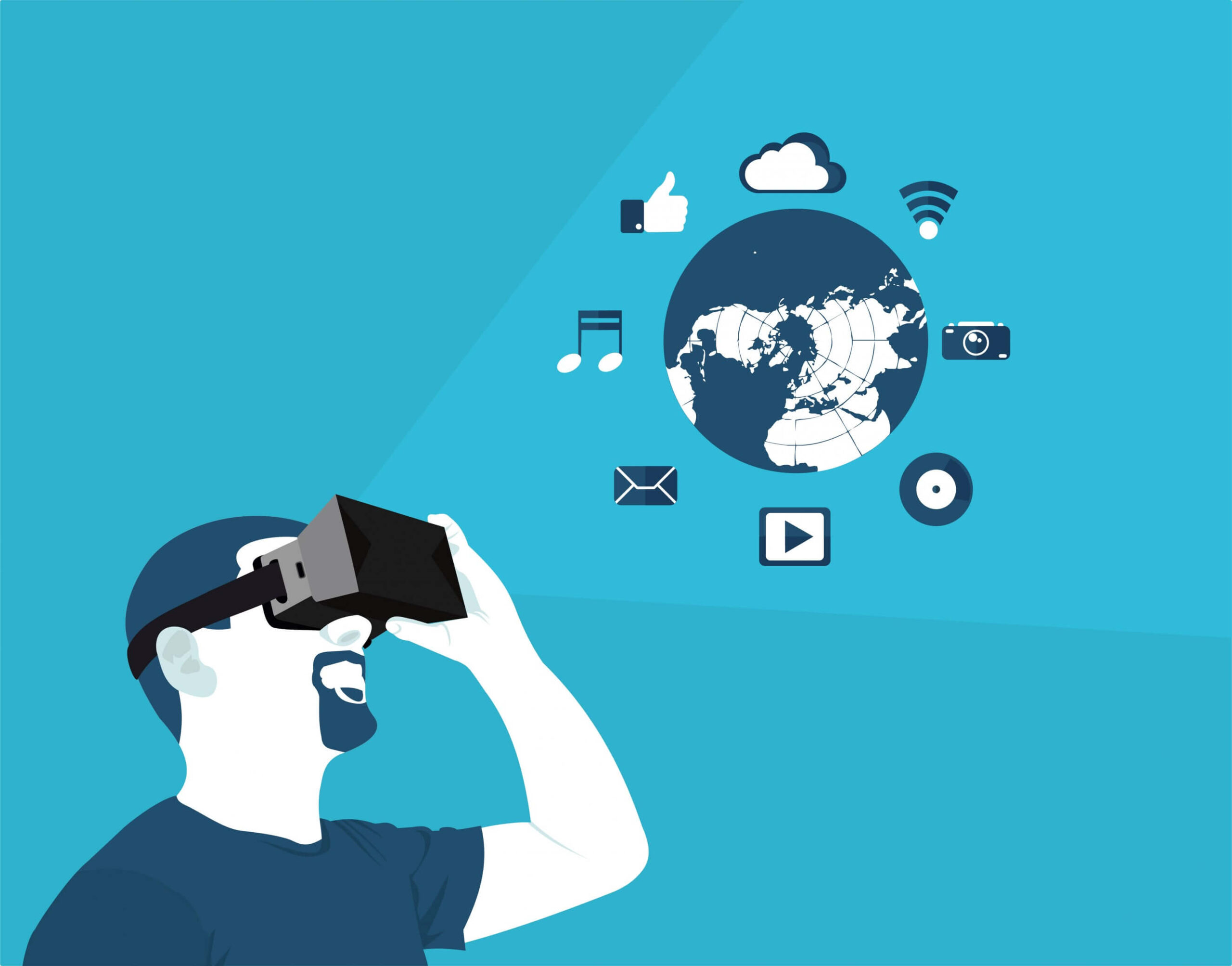Sundance Film Festival further explored new territory this January. And no, we’re not talking about Uber Chopper, that made its brief debut before being grounded by Summit County officials. We’re talking about the brave new world of virtual reality.
Last year, Sundance tested the waters of VR by featuring several “experiences” the viewer could explore. Hardware could be worn to immerse oneself into a new kind of storytelling environment, one that featured the user as a lead. Viewers could soar over San Francisco as a bird, navigate the war-torn streets of Syria, or see first-hand a too-real story of a college party gone wrong. Oculus showed the vast potential that VR holds in premiering the thrilling project “Lost,” created by the company’s in-house production team Story Studio.
This year, Sundance continued its preview of powerful virtual reality stories, presenting interactive scenarios from solitary confinement to a haunted house to outer space. It’s easy to see this platform as another first perspective game, little more than a compelling narrative experience merging both film and physical interaction. But this is much more that that.
“One day, we believe this kind of immersive, augmented reality will become a part of daily life for billions of people,” wrote Mark Zuckerberg, following Facebook’s purchase of Oculus. Zuckerberg sees it as a vast opportunity for social.
The founder of Oculus, Palmer Luckey, writes “Virtual reality is a medium that allows us to share experiences with others in ways that were never before possible.”
The world it presents is expansive, and its unique engaging experience has been declared the ultimate empathy machine, by letting you step into the shoes of others. With such promise, virtual reality will find a place not just in the entertainment world, but also journalism, education, medicine and therapy, and much more. And it’s slowly going mainstream, with more affordable options such as Samsung’s VR Gear and simple cardboard versions. According to Fortune Magazine, analysts estimate 12.2 million VR headset sales this year.
So how could advertising fit into this equation?
Advertising stays relevant and effective by constantly evolving. While promoting a brand, today’s advertising needs to be entertaining, providing value to the viewer. Many brands have already shown interest in the new frontier of VR. In an ad by Merrell, users could experience a virtual hiking trip across treacherous mountains. In another by Nike, fans could play as Brazilian soccer legend Neymar Junior. What virtual reality offers is a gamify experience unlike any other. It allows users to immerse themselves in a different world and experience a first-hand adventure.
And with any new advertising form, it can become quickly saturated, and the challenge to create content that stands out becomes increasingly difficult. If VR ads are commonly crudely-made, they will be regarded as just another gimmicky, novelty fad with little practical application and value in the scheme of compelling advertising. Despite their expansive sales, it will take time to integrate virtual reality into daily entertainment; it still requires the act of putting on a headset, which most of us aren’t exactly used to. “It is just one tool at the marketer’s disposal…Where does it fit?” proposes William Sargent, co-founder of Framestore.
Linda Boff, global chief marketing officer of GE who recently pioneered their own virtual reality experience with New York Times and Framestore, says experimenting is a must. And while we’re not quite sure where, virtual reality is bound to go places. Technical director Aaron Clinger of Venables Bell & Partners believes that now is the most exciting time to get involved: “Everyone who does something [in VR] now, for the next five years, is going to be inventing something.”
Image by ReCode

